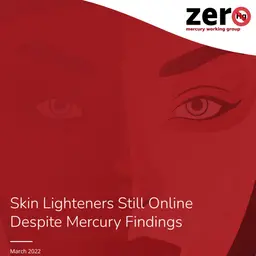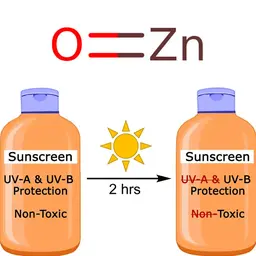
The BfR (German Federal Institute for Risk Assessment) has just studied the health risks resulting from the overall exposure of consumers to aluminium and various aluminium compounds through foodstuffs, food additives, food contact materials and cosmetic products. Conclusion: the exposure is too high and it is advisable to reduce it… The study was published in the Journal Archives of Toxicology.
In its presentation of the study, BfR recalled that aluminum is one of the most abundant elements of the Earth’s crust and that its multiple uses result in exposure of the population to many sources, while developmental toxicity, urinary tract effects and neurotoxicity are known effects of aluminum and its compounds.
BfR assessed the health risks resulting from the total exposure of consumers to aluminium and various aluminium compounds through foodstuffs, food additives, food contact materials and cosmetic products.
According to the researchers, the average weekly exposure to aluminium resulting from food intake represents about 50% of the tolerable weekly intake of 1 mg/kg body weight/week, calculated by the European Food Safety Authority (EFSA).
But for children, the data show that this tolerable intake can be reached or slightly exceeded, especially for infants who are not exclusively breastfed and young children who need a specially adapted diet (e.g. soy-based, lactose-free, hypoallergenic). Taking into account the overall exposure to aluminum from food, cosmetics, pharmaceuticals and uncoated aluminum, a significant exceedance of the tolerable dose can be observed. Specifically, high levels of exposure were observed in adolescents aged 11 to 14 years.
Although exposure data have been collected in particular for the …













